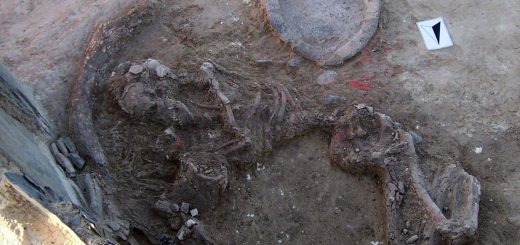Jupiter’s moon Io has been a volcanic inferno for billions of years
Measurements of sulphur isotopes in Io’s atmosphere show that the moon may have been volcanically active for its entire lifetime
By Alex Wilkins
18 April 2024
Io, Jupiter’s innermost moon, is the most volcanically active body in the solar system
Joshimer Binas/Alamy Stock Photo
Jupiter’s moon Io has been continuously remodelled by volcanic eruptions for billions of years, possibly since it first formed.
Io is the most volcanically active body in the solar system, spewing plumes of sulphurous material from its many volcanoes, which can be seen from Earth. Astronomers know that this is currently driven by so-called tidal heating as the gravity of Jupiter and nearby moons deforms Io, but it was unclear if that was always the case or whether there had been a calmer past.
Read more
World's first tunnel to a magma chamber could unleash unlimited energy
Advertisement
Now, Katherine de Kleer at the California Institute of Technology and her colleagues have found that Io has probably been blasting out lava for almost its entire history. They did this by measuring the ratio of two isotopes of sulphur in its atmosphere.
Sulphur’s most common stable form contains 16 protons and 16 neutrons in each atom, but a heavier stable form called sulphur-34 has two extra neutrons. On Io, volcanoes are constantly spewing both isotopes into its atmosphere and onto its surface. The very top layer of its atmosphere, which contains more of the lighter sulphur atoms, is lost to space as the moon travels around Jupiter, which changes the ratio of these isotopes.
De Kleer and her colleagues used observations from the Atacama Large Millimeter/submillimeter Array (ALMA), a set of radio telescopes in Chile, to measure the ratio in Io’s atmosphere. Then, by modelling how much sulphur Io might be losing each year, the team could work back to find out when Io’s sulphur ratio looked like the rest of the solar system. Although they can’t say exactly how long it has been volcanically active, it appears to have been erupting for between 2.5 and 4 billion years.


